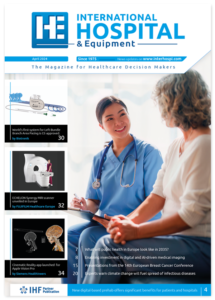Expensive hospital readmissions linked to healthcare-associated infections
New research finds a strong link between healthcare-associated infections (HAIs) and patient readmission after an initial hospital stay. The finding suggest that reducing such infections could help reduce readmissions, considered to be a major driver of unnecessary healthcare spending and increased patient morbidity and mortality.
‘Although much attention has been directed toward hospital readmissions and healthcare-associated infections as potentially preventable conditions and targets to reduce healthcare spending, to our knowledge, no studies have directly assessed the association between the two,’ write the study’s authors, from the University of Maryland and Oregon State University.
The researchers, led by Jon Furuno, PhD, tracked 136,513 patients admitted to the University of Maryland Medical Center over 8 years (2001-2008). The study reviewed the number of patients readmitted within one year after discharge, as well as the number of patients with positive cultures for one of three major HAIs: methicillin-resistant Staphylococcus aureus (MRSA), vancomycin-resistant enterococci (VRE), or Clostridium difficile (C. difficile) more than 48 hours after admission, considered a proxy for an HAI.
The researchers identified 4,737 patients with positive clinical cultures for MRSA, VRE or C. difficile after more than 48 hours following hospital admission. These patients were 40 percent more likely to readmitted to the hospital within a year and 60 percent more likely to be readmitted within 30 days than patients with negative or no clinical cultures. This disparity was evident even after controlling for variables, including age, sex, length of hospital stay, and severity of illness.
‘The potential to reduce readmissions along with other known benefits

